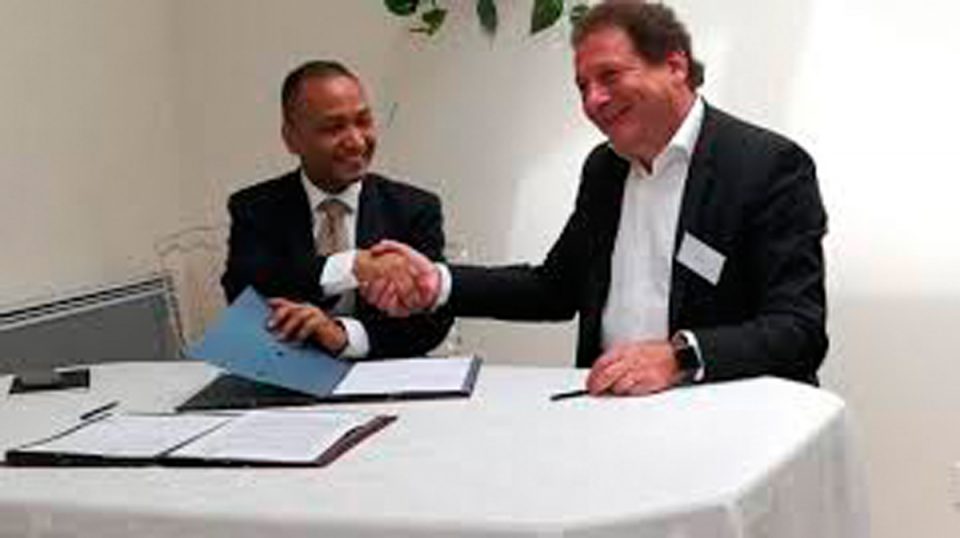An estimated 200,000 mini-grids are required to power the African continent and attain the United Nations Sustainable Development Goal 7, Schneider Electric has said.
Toward this end, Schneider Electric has signed a Memorandum of Understanding (MoU) with EM-ONE Energy Solutions, a Nigerian sustainable energy engineering company based in Canada.
Under the MoU, they will create an African mini-grid industry with decentralised electricity generation and distribution networks based on renewable energy.
Mr Paul-François Cattier, Schneider Electric’s Vice-President, Business Development, Africa & Middle East, said this had led to the first MoU with EM-ONE Energy Solutions, which had already won a contract for 30 mini-grids in Nigeria to power hospitals in Kaduna State, and is also targeting the university and rural electrification market.
“The MoU concerns Schneider’s support with optimising the architecture of these projects and developing an industrial platform to integrate these mini-grids into containers in Nigeria and manufacture Schneider Electric mini-grid solutions under licence.
“Rather than importing mini-grids produced in Europe, Asia or North America, we want to create an African mini-grid industry with operators, integrators, investors and local jobs.
“An estimated 200,000 mini-grids are required to power the continent and reach the United Nations Sustainable Development Goal 7 (“Ensure access to affordable, reliable, sustainable and modern energy for all”) ,” he said.
Viviane Mike-Eze, Marketing Communications Manager for Anglophone West Africa, Schneider Electric, told a news conference on Monday in Lagos that for 18 months the group had been working to set up an industry-based on mini-grids built or operated by stakeholders.
“With sales representatives spread out over 12 countries (Chad, Senegal, Côte d’Ivoire, Tanzania and others), Schneider Electric is seeking engineering procurement construction (EPC) companies to locally produce its solutions (e.g. Villaya Community, a mini-grid designed for rural electrification, providing 7-63 KW of power).
“According to the International Renewable Energy Agency (IRENA), West Africa’s energy consumption could quadruple by 2030 to reach 219 TWh a year, less than half of the 478 TWh already consumed in France in 2018.
“Part of the solution will come from mini-grids, decentralised networks powered by photovoltaic energy and the demand is high.
“In the past 10 years, the Group has already installed 700 mini-grids in Africa, mainly for rural electrification, through its Access to Energy programme. This has largely been achieved with donations to NGOs and equipment often produced in Europe,’’ she said.
According to Mike-Eze, Schneider Electric will provide them with advice on setting up an industrial plant and testing. The Group is also working with public and private funding bodies.
She said: “It intends to cover the full range of needs with capacities up to 500 kW (enough to power a city of 10,000 inhabitants in Africa) through its standardised solutions, and from 500 KW to 20 MW through specific architectures (for cities of several hundred thousand inhabitants that are without an electricity grid).
“Africa today is comparable to China 40 years ago. In 2050, it will account for 30 per cent of the global population according to the United Nations and could be one of the world’s top 5 economic powers by 2050.
“The potential for electrification is enormous, not only in rural areas but also for companies who would like their own reliable electricity grid, including banks and their network of agencies and cash dispensers.
“Food and beverage manufacturers, data centres and even electricity providers that currently use power generators and need to switch to hybrid energy production with mini-grids.’’
Mr Islam, CEO, EM-One, thanked Schneider Electric for the cooperation and partnership and expressed hope of a resounding success




